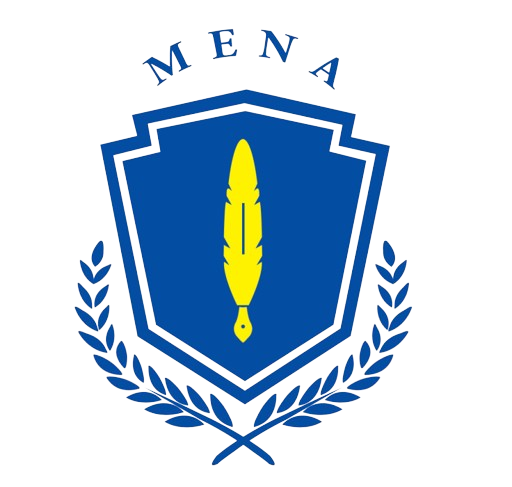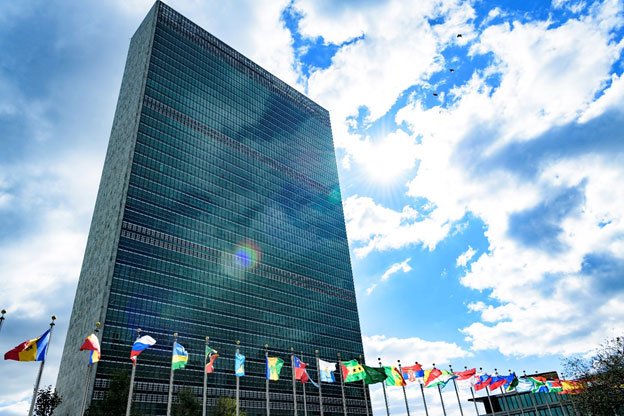Overview of the UN Reform Initiative
The United Nations (UN) Reform Initiative represents a significant effort to address persistent challenges facing the organization in an evolving global landscape. Established in response to various crises and globalization’s impact on international relations, the initiative focuses on revitalizing the UN’s capacity to effectively respond to pressing global issues. The need for reform stems from critiques regarding inefficiency, bureaucratic inertia, and the organization’s ability to adapt to new challenges such as climate change, migration, and humanitarian crises.
In pursuit of these goals, the UN Secretary-General has outlined a comprehensive reform agenda aimed at enhancing the organization’s functionality. Central to this reform is the ambition to improve the efficiency and effectiveness of UN operations. By streamlining processes, facilitating better decision-making, and fostering a more collaborative environment, the Secretary-General aims to enable the UN to better serve its member states. Importantly, one of the primary objectives of this reform is to strengthen the UN’s role in peacebuilding and conflict resolution, reinforcing its relevance in times of unrest.
Furthermore, the initiative emphasizes the need for inclusivity and stakeholder engagement within the UN’s reform process. By involving member states and various civil society organizations, the reform efforts not only seek to enhance transparency but also aim to build a collective commitment to tackling global challenges. The overarching goals of the UN Reform Initiative reflect a proactive stance towards building a more resilient and adaptable organization. This ongoing transformation intends to establish a UN that is not only responsive to today’s challenges but also anticipatory of future global dynamics.
Progress on Workstream 1: Enhancing Efficiencies
The United Nations (UN) has initiated a comprehensive approach under Workstream 1 aimed at enhancing efficiencies within its operations. This effort is primarily focused on identifying specific areas where procedures can be streamlined and resources optimized to minimize redundancy. The commitments made through this workstream reflect the urgency for the UN to adapt to the evolving global landscape and improve its operational effectiveness.
One of the key measures implemented involves the integration of advanced technologies into various administrative processes. This includes the adoption of digital tools and platforms designed to facilitate smoother communication and project management across departments. By harnessing automation and artificial intelligence, the UN aims to reduce paperwork, streamline workflows, and expedite decision-making processes, thereby fostering a more responsive organization.
Additionally, the UN has launched initiatives to enhance collaboration among its various agencies, promoting a culture of shared resources and joint efforts. This collaborative approach encourages the pooling of expertise and assets to avoid duplication of efforts that historically plagued inter-agency operations. Furthermore, restructuring various departments to create more cohesive teams has been a significant focus, fostering an environment conducive to innovation and efficiency.
The anticipated impacts of these reforms are profound. Enhanced efficiency is expected to lead to greater agility, allowing the UN to respond promptly to global challenges and crises. By optimizing resource allocation, the UN can ensure that its financial and human capital is utilized effectively, ultimately improving its ability to fulfil its mandates globally. As these efficiencies manifest, the UN aims to bolster stakeholder confidence and secure continued support for its critical missions across the globe.
Workstream 2: Boosting Effectiveness in Operations
Workstream 2 of the United Nations reform efforts focuses on enhancing the effectiveness of operations across various UN agencies. The objective is to improve coordination among different entities, ensuring that their efforts are streamlined and result-driven. This initiative aims to align the actions of the UN more closely with the priorities set by member states, thus fostering a more responsive and agile organization.
One key strategy proposed involves establishing clearer communication channels and collaborative frameworks that facilitate real-time information sharing. By breaking down silos within the UN structure, agencies can better coordinate their activities, share best practices, and avoid duplicative efforts. This is particularly important in crisis situations where swift action is required. Improved collaboration aims to make operational processes more efficient, allowing for a faster response to global challenges.
Furthermore, the emphasis on results-driven approaches means that the UN will implement more rigorous performance metrics and accountability mechanisms. By focusing on outcomes rather than activities, the organization can better assess the impact of its initiatives. This will involve collecting data on the effectiveness of programs and using this information to drive adjustments and improvements in operations.
Notable initiatives and pilot programs related to this workstream have already begun to emerge in various regions. For example, some agencies are testing integrated planning approaches that combine resources and expertise to tackle specific issues collaboratively. These pilot programs serve as valuable learning experiences, offering insights that can shape future UN operations more effectively.
In conclusion, boosting effectiveness in operations through enhanced coordination and results-driven strategies is central to the UN’s reform agenda. By focusing on these areas, the organization aims to align more closely with member states’ priorities, ultimately enhancing its overall impact on global issues.
Cost-Effectiveness: The Focus of Workstream 3
Workstream 3 of the United Nations reform efforts is fundamentally concerned with enhancing cost-effectiveness throughout the organization. This initiative recognizes the urgent need for budget optimization, striving to ensure that every dollar spent delivers maximum impact toward the organization’s mission. In this context, budgetary constraints compel the UN to assess its financial outlays critically and streamline operations without compromising service quality. Proposals for budget optimization are thus centered on identifying inefficiencies, eliminating redundancies, and reallocating resources to high-priority areas where results can be most visible and impactful.
Moreover, innovative funding mechanisms are being explored to bolster the financial foundation of the UN. Traditional funding sources, often unpredictable and limited, underscore the need for diversification. Possible methods include leveraging public-private partnerships, tapping into philanthropic contributions, and exploring sustainable financing avenues like green bonds. These alternatives not only increase financial inflow but also enhance the UN’s flexibility in addressing emerging global challenges. By integrating a range of funding strategies, the UN can minimize operational risks and develop a robust financial ecosystem that supports its various missions.
Another critical aspect of workstream 3 is the prioritization of programs that yield tangible results. This strategic approach signalizes a shift towards outcome-based funding, ensuring that financial investments are directly linked to measurable impacts. The UN aims to enhance accountability and transparency in expenditures with this paradigm shift. By focusing on programs that have demonstrated success in delivering positive change, the organization can effectively cultivate trust among stakeholders, thus reinforcing its commitment to financial stewardship. In conclusion, the efforts under workstream 3 are poised to foster a more sustainable and accountable UN, enhancing its effectiveness in addressing global challenges. This strategic emphasis on cost-effectiveness ensures that the organization can continue to play a vital role in international peace and development.

